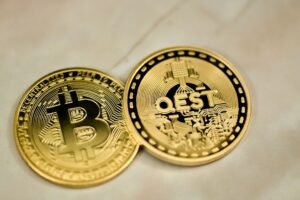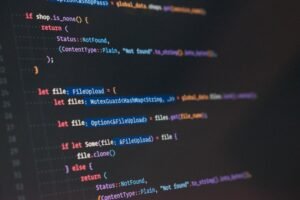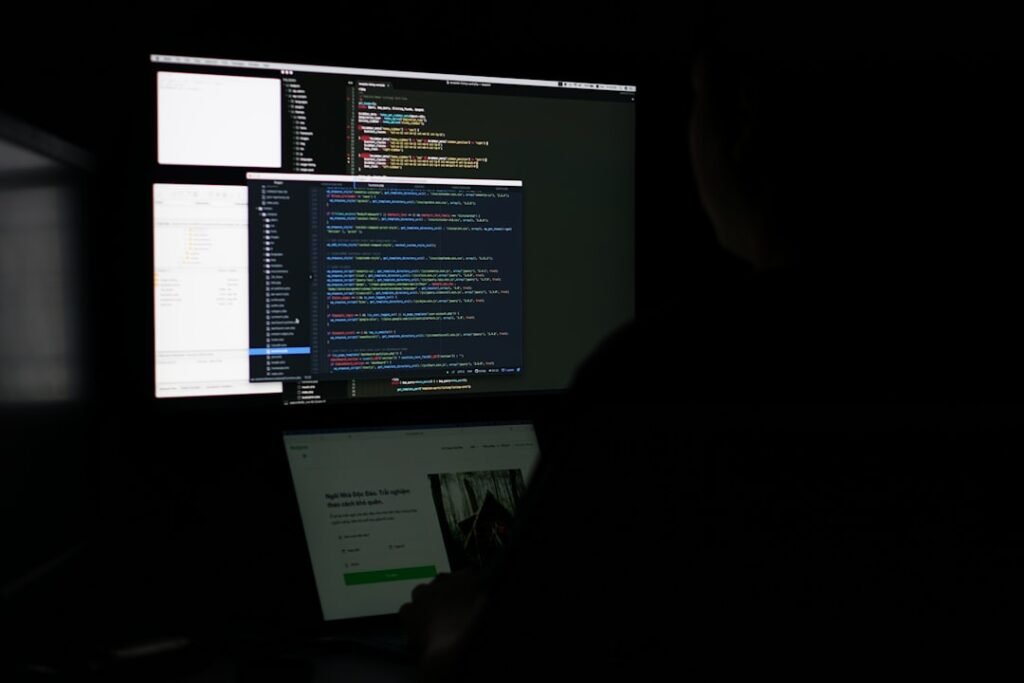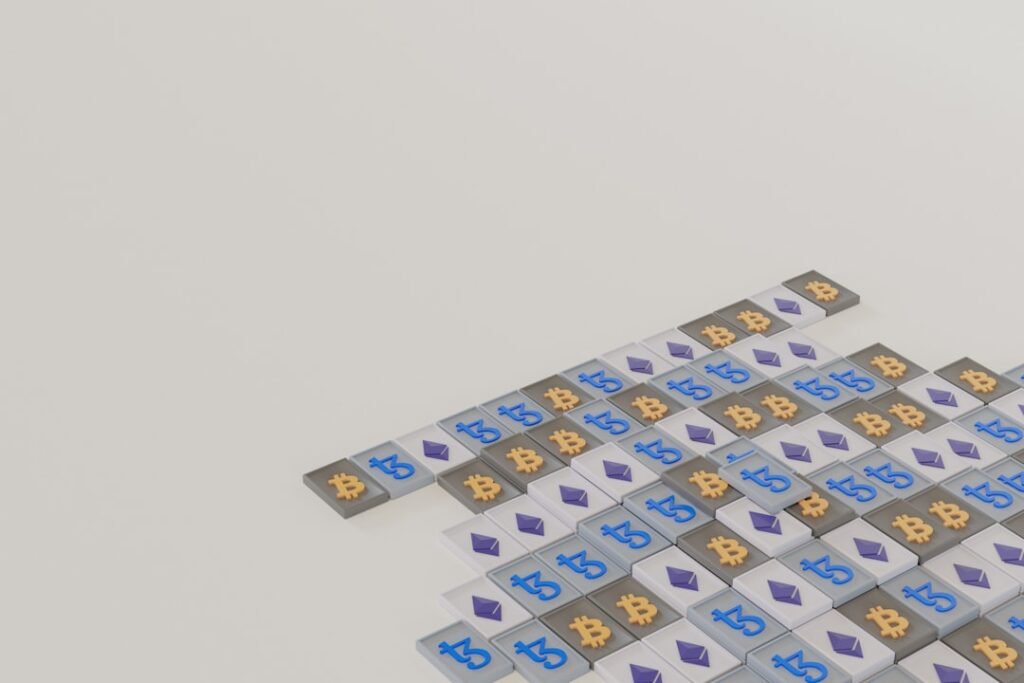Programmable Money: The Engine Driving Finance's Radical Future (And How It Changes Everything)
Forget static banknotes and passive digital balances. The next quantum leap in finance isn't just digitizing money – it's programming it. Imagine money that automatically obeys rules, executes complex agreements without intermediaries, and unlocks entirely new financial models. This isn't science fiction; it's the dawn of programmable money, powered by blockchain and smart contracts, reshaping the very fabric of our financial systems with near-infinite possibilities.
From Clay Tablets to Code: The Evolution of Value Exchange
Money's journey is a story of evolving trust and efficiency. We began with barter, moved to tangible goods with intrinsic value like salt or gold (the root of "salary"), then standardized with fiat currencies backed first by gold, then solely by societal trust. Today, we stand at the precipice of the next stage: money that may not even have a physical form, existing purely as digital entries.
Parallel to this monetary evolution ran the evolution of record-keeping. Ancient civilizations used clay tablets for transactions and inventories. These evolved into paper ledgers as commerce grew. The 21st century brought the seismic shift: blockchain technology. Introduced with Bitcoin, blockchain revolutionized accounting by creating distributed, immutable ledgers. This eliminated the need for central intermediaries and injected unprecedented transparency into transactions.
While Bitcoin laid the groundwork for decentralized value transfer, Ethereum unlocked a new dimension: العقود الذكية. These self-executing programs, with terms written directly into code, marked the true birth of programmable money. Now, the rules governing execution, transfers, and control of financial operations could be embedded within the money itself or the system managing it. This programmability is a cornerstone ambition for emerging Central Bank Digital Currencies (CBDCs).
Deconstructing Programmability: The Three Pillars of Financial Innovation
Programmable finance isn't a monolith. It manifests in three distinct, powerful strands:
-
Programmable Payments: The Automation Engine. Think of payments that trigger automatically when specific conditions are met. No more chasing invoices or manual releases. Funds transfer seamlessly upon delivery confirmation, service completion, or hitting a predefined milestone (e.g., a loan disbursement after submitting verified project documentation). This streamlines processes, reduces delays, and minimizes human error.
-
Programmable Money: Rules Embedded in the Value Itself. This is the core revolutionary concept. Here, the rules governing how و where money can be used are baked directly into the digital token representing the value. The money itself carries its instructions, independent of the underlying payment system. Imagine welfare funds that can only be spent on essential groceries or rent, corporate travel budgets restricted to approved vendors, or investment funds locked into specific asset classes until maturity. This embedded control enhances security, ensures compliance, and enables purpose-driven finance.
-
Purpose-Bound Money (PBM): Transferable Conditional Value. PBM acts as a protocol, specifying the conditions under which digital money can be used, while crucially allowing it to be transferred directly between users. It merges elements of programmable payments and programmable money. Think of a digital voucher for a specific service provider that you can send to a friend, or supply chain financing tokens that automatically validate goods receipt before releasing payment, all while flowing peer-to-peer without bank intermediation at every step.
Unlocking Infinite Possibilities: Real-World Impact
The fusion of these programmability types unlocks transformative use cases:
- Seamless Asset Exchange: The classic example: buying a car. A smart contract holds the buyer's funds and the seller's digital title. Upon simultaneous verification of payment receipt and title transfer, the contract executes atomically – the seller gets paid instantly, and the buyer receives ownership, all in one fail-safe transaction. No escrow delays, no title fraud risk.
- Eradicating Duplicate Financing Fraud: A major pain point in trade finance is "double-dipping," where the same invoice or receivable is fraudulently financed by multiple institutions. A programmable money system built on a shared, transparent distributed ledger allows all participating institutions to instantly verify the status and ownership of a receivable. If it's already been financed, it's immediately visible, slashing fraud losses dramatically.
- Enhanced Transparency in Advance Payments: Suppliers often demand hefty upfront payments, creating risk for buyers. Programmable solutions can structure these payments to release in stages, tied to verifiable milestones or delivery confirmations logged on the blockchain, providing both security and accountability.
- Conditional Subsidies & Welfare: Governments can ensure aid reaches its intended purpose. Funds programmed for educational expenses could only be spent at accredited institutions, or agricultural subsidies could only be used for seeds and fertilizer at approved vendors, reducing misuse and increasing policy effectiveness.
- Dynamic Loyalty & Rewards: Businesses can create tokens with embedded rules – expiring after a set time, usable only for specific products/services, or even increasing in value if spent within a certain period – driving targeted customer behavior.
DREX: Brazil's Bold Step into the Programmable Future
Brazil is at the forefront of national programmable currency implementation with DREX (formerly known as the Digital Real project). Spearheaded by the Brazilian Central Bank, DREX aims to make the Brazilian Real programmable. Its goals are ambitious:
- Financial Stability & Reduced Fraud: Embedded rules can prevent illicit flows and ensure compliance. Transparency inherent in distributed ledgers makes fraud harder.
- Increased Efficiency: Automating payments and complex financial operations cuts costs and processing times significantly.
- Innovation Catalyst: Providing banks, fintechs, and businesses with programmable tools unlocks the potential for entirely new financial products and services.
Currently in its second phase, DREX focuses intensely on exploring these novel financial applications and automating core functions of the financial system. However, significant challenges remain, particularly concerning privacy. Achieving a practical balance between a high degree of decentralization, scalability suitable for a national economy, and robust user privacy is a complex technical hurdle actively being addressed.
The Engine Room: How Programmable Money Works (Under the Hood)
The Federal Reserve's analysis provides crucial insight into the technical foundations that make programmable money possible and the importance of a "coherence guarantee":
- The Core Components: At its heart, programmable money requires two integrated elements: a digital representation of value (the "money") and a mechanism for specifying its automated behavior via code ("programmability").
- Beyond Simple APIs: Traditional systems often offer programmability services via APIs layered في الأعلى of a separate database holding money records. This decoupling means the programmability isn't inherently tied to the money itself; the API could fail while the account balance remains visible, or the service could be discontinued entirely.
- The Coherence Guarantee – The Critical Innovation: True programmable money, as exemplified by blockchain systems like Bitcoin and Ethereum, provides a guarantee that the digital value and its programmability are inseparable and functionally coherent. In Bitcoin, every unit of value (a UTXO – Unspent Transaction Output) has a spending script (program) directly attached. In Ethereum, accounts and smart contracts exist within a unified virtual machine that can directly manipulate the value (Ether) stored within the system. This tight integration creates a stable, reliable product – not just a service.
- Recordkeeping Models: How value is tracked matters.
- UTXO Model (Bitcoin-style): Tracks discrete chunks of value (like digital cash notes), each with its own spending conditions. Enables clear provenance tracing and per-value rules. Efficient but requires external aggregation for account balances.
- Account Model (Ethereum-style): Tracks balances associated with accounts. More familiar, facilitates fungibility, and allows persistent smart contracts to manage balances. Less granular tracing per unit.
- Enabling Programmability:
- Transaction Scripting (UTXO): A small program attached to each value unit dictates how it can be spent (e.g., requiring specific digital signatures). Spending it consumes the unit and creates new ones with new scripts.
- Virtual Machine (Account): A runtime environment (like Ethereum's EVM) executes complex smart contracts stored on the ledger. These contracts can hold logic, store data, and directly manipulate account balances when triggered by transactions.
- Guarding Against Abuse: Programmability must be constrained to prevent system overload (e.g., infinite loops). Techniques include transaction fees (economic disincentive), limiting computational steps per transaction (Ethereum's "gas"), or restricting the instruction set (Bitcoin Script). Finding the balance between flexibility and security is key.
- Beyond Technology: The Role of Incentives: The "coherence guarantee" relies not just on tech, but on reinforcing incentives ensuring the system persists and functions as intended. These can be:
- Economic: Miners earning block rewards and fees (in public blockchains), seigniorage for issuers.
- Legal: Regulatory frameworks, consumer protection laws, requirements for service continuity.
- Reputational: Central banks or major institutions staking their credibility on the system's reliability. A central bank's reputation is a powerful foundation for a CBDC's guarantee.
The Future is Programmable: A World Transformed
The convergence of blockchain, smart contracts, and programmable money signifies one of the most profound revolutions in finance. We are moving towards a system characterized by:
- Radical Efficiency: Automation slashes costs, delays, and errors across payments, settlements, and complex agreements.
- Unprecedented Transparency: Shared, auditable ledgers build trust and combat fraud (like duplicate invoice financing).
- Embedded Control & Compliance: Rules within money itself ensure funds are used as intended, enhancing policy effectiveness and regulatory adherence.
- Explosion of Innovation: New financial instruments, business models (DeFi), and services become possible, fostering greater inclusion and accessibility.
- Redefined Trust: Trust shifts from intermediaries to verifiable code and cryptographic proofs.
Initiatives like Brazil's DREX are pioneering the national adoption of this technology. While challenges like privacy and scalability persist, the trajectory is clear. Programmable money is not merely an incremental improvement; it's the foundation for a fundamentally more efficient, transparent, secure, and innovative financial ecosystem. It empowers individuals, businesses, and governments to interact with value in ways previously unimaginable. The era of static money is ending. Welcome to the dynamic, automated, infinitely programmable future of finance. The code is compiling; the future is executing.











